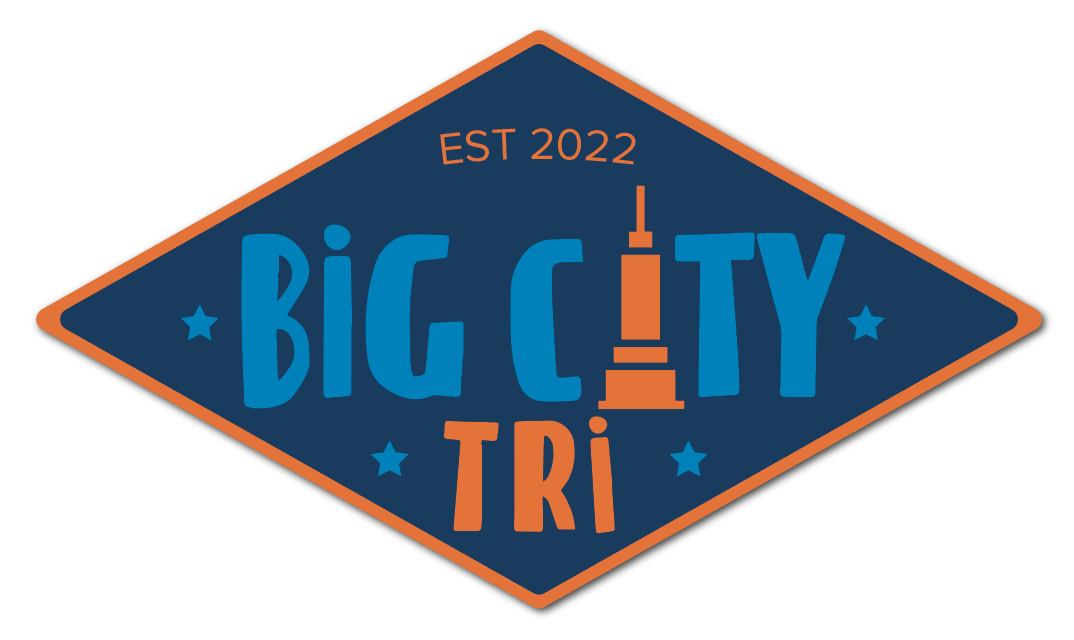Coming back to training After a Break
This post is inspired by our experiences working with young triathletes who often take extended breaks during the summer. It’s healthy and fun to pursue other activities during free time, and we expect that we’ll spend the early part of the season rebuilding fitness for the year ahead. How do we approach that? Read on and find out! Interested in learning about Big City Tri? Reach out to info@bigcitytri.com for information about our 2024 Fall Season, or sign up to try out for the team on September 9th (or the 14th) here.
Skills works acts as a Soft Landing
In the part of the season when races are few and far between, we focus on skill work. WIth respect to swimming, this means lots of kicking - and some stroke work. For biking, skill work focuses on bike handling skills and riding safely with a group. Lastly, running is about form work and very short intense bursts of sprinting, when one’s form tends to be best naturally. This serves two purposes, it builds musculature enough without risking overuse or injury from coming back too fast and reintroduces the group training environment. The skills work is complemented by slower distance work to bring the aerobic system back up to speed.
Swimming, swimming, and more swimming
Unlike the bike or the run, swimming allows us to build our aerobic capacity without worrying significantly about joint injuries or potentially hurting ourselves before the season begins in earnest. As a result, our more continuous work early in the season happens in the pool. This takes the form of 10, 20, and even 30 minute kicking sets where the heart rate stays elevated, and the technical foundation of a stronger swim is worked on.
Short Bursts of Effort
We can’t ONLY focus on technique and skills though. That would be…boring? To spice up the early season we mix, we sprinkle in some all out 10-30 second efforts where we just smash it. What we’re doing is establishing the connection between the brain and the muscular system, and helping to streamline the connection between the two. The increased efficiency will be paramount when the efforts start getting longer and the need to maintain form over 10 minutes to an hour increases.
This is fun right?
Most importantly, we come back to the foundational philosophy that one is their training environment. We want to make the reintroduction to sport as fun as possible and allowing time for socializing and story time helps make the miles fly by - especially when they start to get harder! When we are present with each other and having fun, our best selves start to do their best work.

